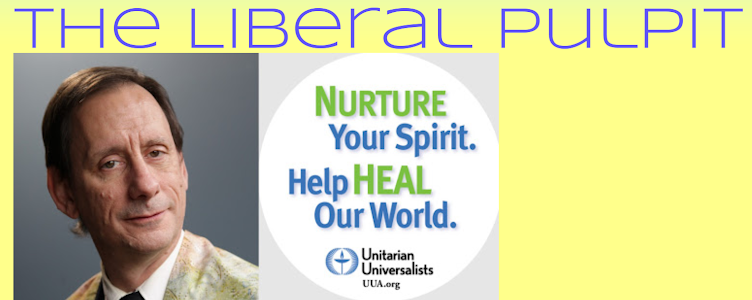Tribe, part 3
Our ancestors may have needed confirmation bias. Without that mechanism for fostering group agreement, maybe our ancestors would not have survived. Today, however, we have the resources to live together without intertribal hate and violence. The biggest obstacle remaining is the way our own brains are built.
Today, across the news and social media, we see tribal loyalties trump any serious attempt at objectivity. "Objectivity" might not be the right word -- I don’t know if there’s really such a thing as objectivity. So let me put it this way: re-confirming the bias of one’s own group is much more motivating for a lot of people than trying hard to see another’s point of view.
The demonstrators against police violence have a strong confirmation bias for seeing things one way. Police officers have a strong confirmation bias for seeing things another way. And so the tribal lines are drawn, and getting past them is not going to be easy. That’s the dark side of tribes.
We’ve built a society of disconnection. Our veneration of privacy and autonomy were very helpful for some things, but left us with work that often lacks meaning and relationships that are disposable. In the absence of healthy tribal connection, we take refuge in less healthy tribal forms -- for some kind of tribe is a human need. Without the kind of ongoing connection with our neighbors that now comes out only when we respond to disasters, we have sought more insular, vicious tribes.
For our ancestors, reaching agreement was more important than whether the conclusion was data-based, but for tribes today coalescing around political candidates, that kind of selective attention ignoring large parts of reality may be disastrous. For the members of police communities and the members of protest communities, inability to see the other with empathy will make the conflict intractable and never-ending.
We have to start with ourselves – knowing that each one of our brains was built for powerful confirmation bias that takes work to manage – manage, not eliminate.
#1. Don't believe what you think.
You were made to have confirmation bias, and to think that your own beliefs are true. Even suggestions you don't believe have a way of directing your attention and action to seek their confirmation. Now that you know this, you can partially counter it just by noticing it at work.
When you notice it, say to yourself: "There goes my brain just wanting to confirm. I can't entirely stop it from doing that, but I can deliberately withhold cognitive assent from what it finds."
If you’re a fan of a sports team, then sports might be a handy place for you to start practicing. Notice how you think the world is a better place if your team wins. Righteousness has prevailed, right? Notice how you can't really believe that -- but you cheer for your team anyway, just because it's fun. Can you consciously bring the same attitude to other things that you think?
#2. Cultivate negative capability.
"Negative capability" was John Keats' term for "capable of being in uncertainties, mysteries, doubts, without any irritable reaching after fact and reason." Work on being comfortable not knowing. As the Korean Zen master Seung Sahn often repeated: "Only don't know." Cultivate awe and wonder and mystery -- which depend on the absence of a satisfying story/explanation. In fact, refuse, to the extent you can, to let any story/explanation satisfy.
#3. Cultivate play.
Use play to switch around your images and metaphors. Your brain is built to latch onto stories, images, metaphors. You can't help that, but you can loosen the grip of any one story by playing around with other stories. People who expose themselves to a great multiplicity of stories – whether through traveling, reading novels, or cultivating diverse friends -- are less in the grip any one bias.
#4. Plunge in.
This one may seem counter-intuitive since it amounts to heightening your bias. There is, however, something true about every bias. Plunge in and see what you can learn about yourself from stories woven from random events. The lines on your hand, the Tarot cards that happen to come up, your zodiac sign -- explore what meaning can be made out of such coincidences. So you might actually try paying a visit to a palm reader, or Tarot psychic, or astrologer, and let them tell you the detailed story they make up.
You actually will learn something about yourself. Even if it isn't any more true of you than it would be for anyone else, it's still got some truth for you. It brings attention to an aspect of yourself. You can then better notice when that aspect is asserting itself. When you notice, you can then decide whether that's really the aspect that you want at the fore just then. The metaphors, images, or stories that most insidiously influence us are the ones that operate largely unconsciously. Fleshing out the details helps us be more conscious of them.
These four suggestions are all individual work. What we need is communal work. We need tribal connection not just with our self-selected tribe. We need tribal connection with all the people we see and interact with on a daily basis.
If we don’t figure out a way to come together as if a disaster has struck, then we will be coming together because a disaster has struck.
* * *
This is part 3 of 3 of "Tribe"
See also
Part 1: Left Alone
Part 2: Why Humans Reason


No comments:
Post a Comment